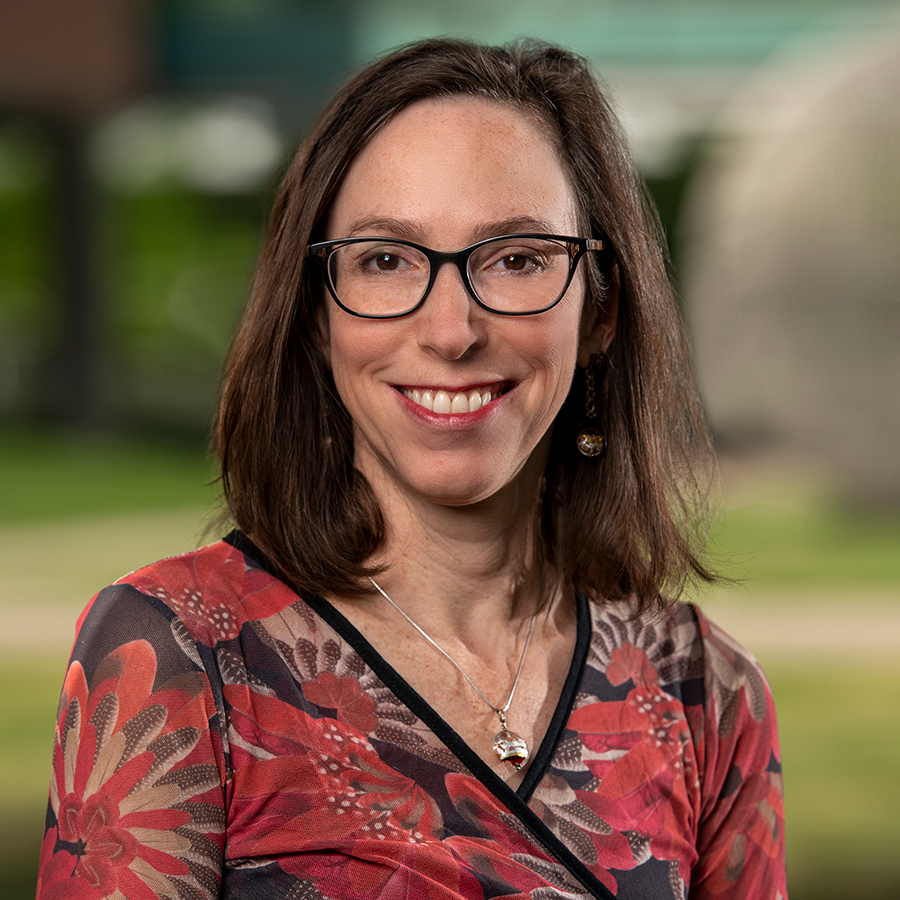
Researcher Profiles
Joining forces to build a national COVID data repository
COLLABORATOR
Melissa Haendel
This academic collaborator champions OHDSI’s common data model for an important new research resource.
Ever since a federal mandate directed U.S. healthcare providers, by 2014, to move patients’ health records out of paper folders into electronic databases, hospitals and health systems have stored information in a variety of formats, making data sharing a challenge. For researchers, a standardized national patient data repository remained a pipe dream—until 2020, when COVID-19 swept the globe.
Suddenly, the National Institutes of Health had a compelling reason to fund a repository and make the data, stripped of patient names and other identifying details, accessible to researchers and clinicians countrywide. The larger the data pool, the more reliable study findings would be concerning COVID risk factors and potential treatments. In the fall of 2020, the $22.4 million National COVID Cohort Collaborative, or N3C, was born, with OHDSI Center team members and their collaborators helping to shape it.
N3C now maintains the largest public collection of clinical data in the U.S. on COVID-19 symptoms and patient outcomes—more than 3.7 million positive cases. At one of 70-plus institutions working to build and fine-tune this centralized data resource was Melissa Haendel of the Translational and Integrated Sciences Lab at the University of Colorado School of Medicine, which specializes in unifying datasets from disparate sources. Haendel teamed with Kristin Kostka, the OHDSI Center’s inaugural director, to champion a common data model developed by OHDSI participants from around the world as the standard best suited for N3C.
The model, known as OMOP (Observational Medical Outcomes Partnership, or “oh mop”), was adopted, says Haendel, partly because it comes with a “powerful suite of computational tools and fine-grained terminologies” co-developed by OHDSI Center Executive Director Christian Reich and Kostka. OMOP enables virologists, epidemiologists, and physicians to speak a common language.
OMOP makes it possible, Haendel notes, to merge different records for the same patient—images plus medical records. A paramount goal is keeping data de-identified, secure and private. To date, more than 3,000 researchers and caregivers have accessed N3C’s patient records and published pivotal findings on everything from which patients are at greatest risk to which therapies help or hinder recovery.
“N3C shows how quickly observational studies can be done when the research community and our government work together,” Haendel says. “We’ll keep pushing to refine OMOP and encourage federal funding for national patient repositories, which should dramatically speed up discoveries in other key disease areas.”

N3C shows how quickly observational studies can be done when the research community and our government work together.
Melissa Haendel
Director, Translational and Integrated Sciences Lab, University of Colorado School of Medicine